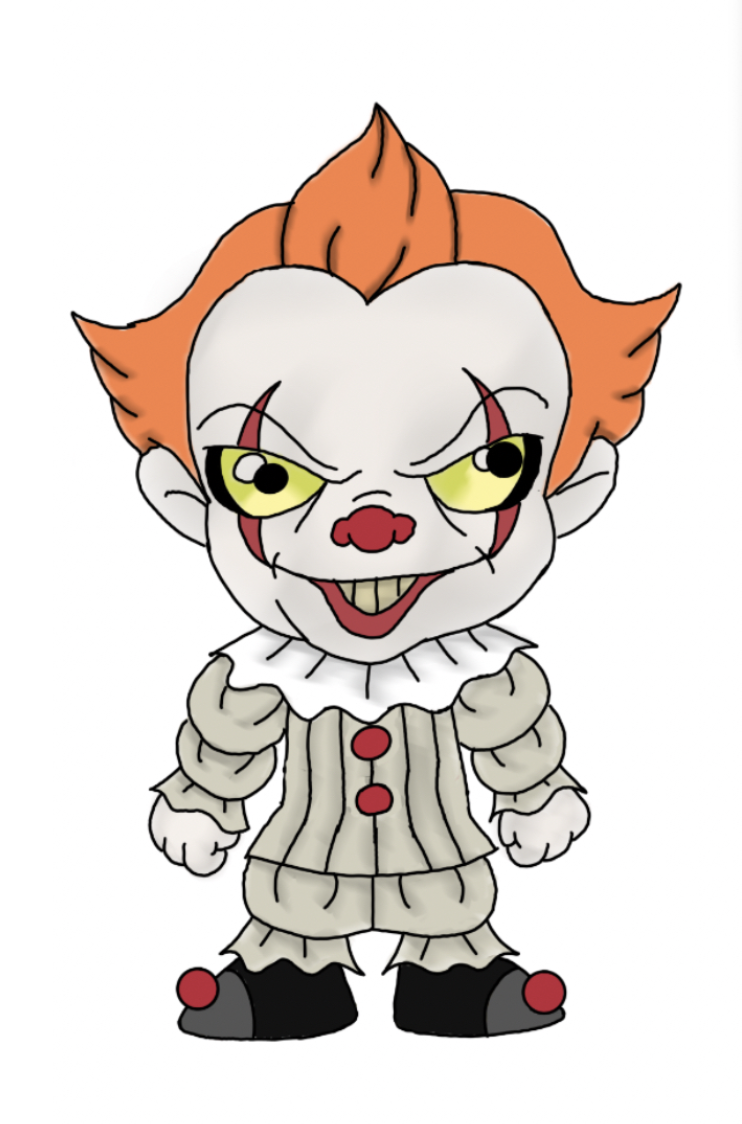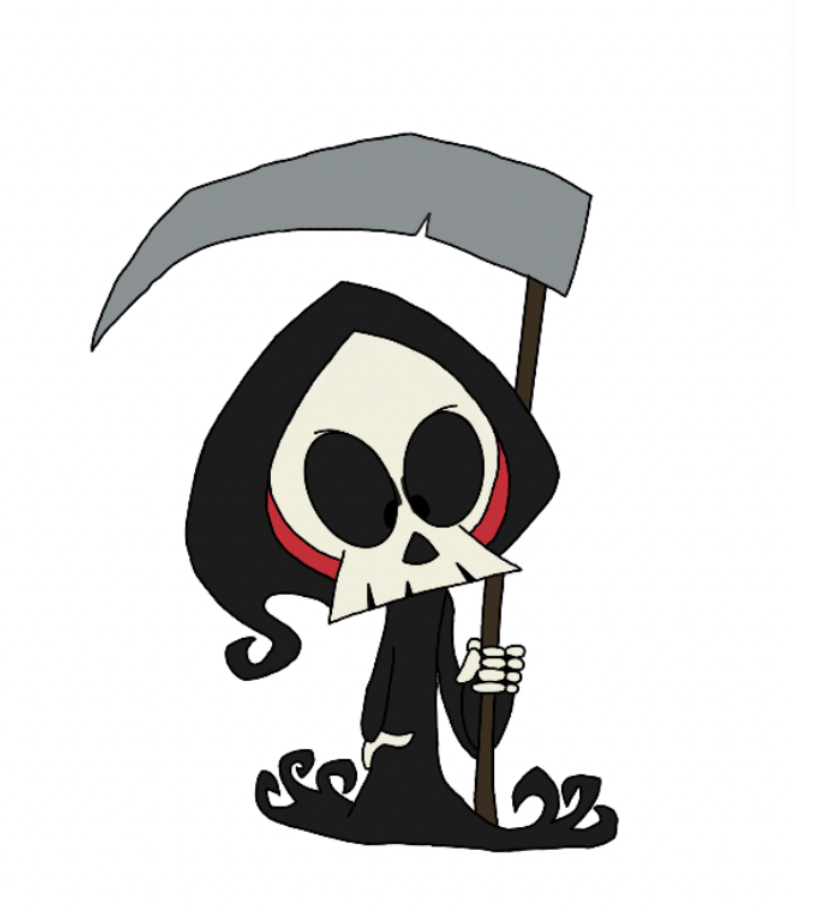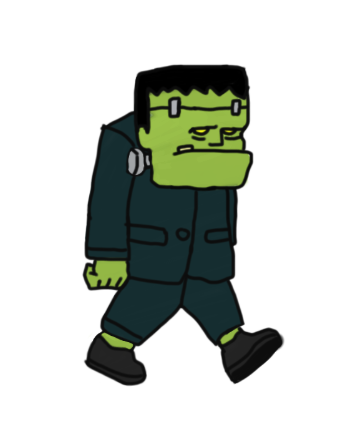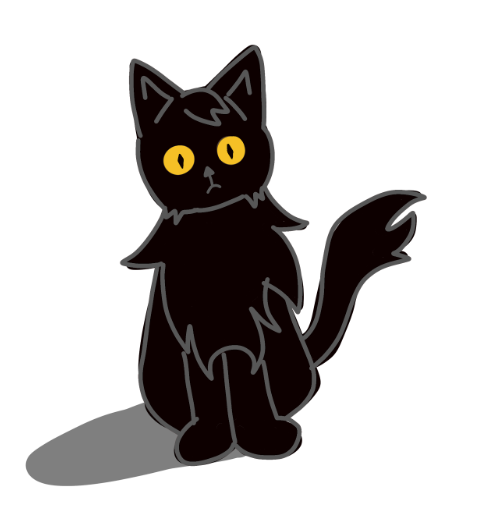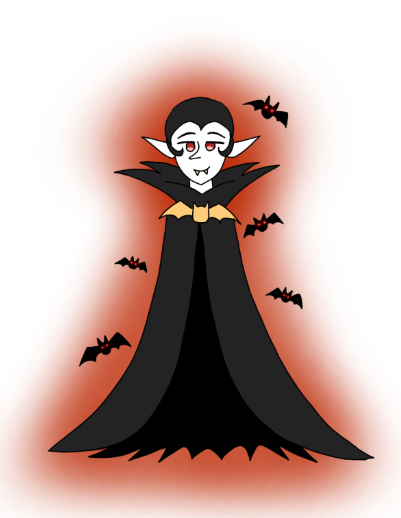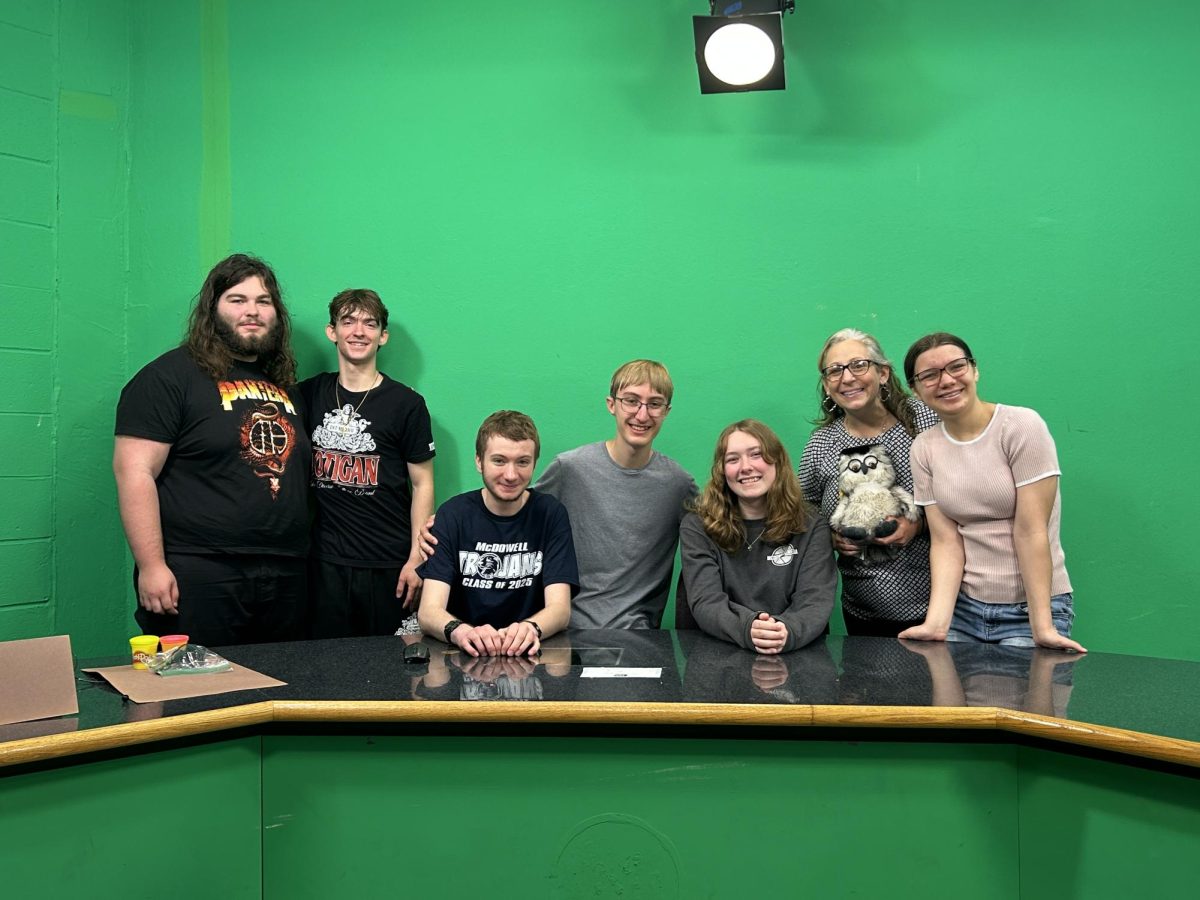Clown costumes are a favorite for Halloween costumes, appearing in the top 10 choices year after year. Clown-like characters were actually originally entertainers in ancient cultures like Egypt, Greece, Rome, China and Native Americans.
The characteristics of those entertainers were far different from what we see today. The modern clown image was highly influenced by the 16th-century Italian theater known as commedia dell’arte. Two recognizable characters are:
- Harlequin- who was mischievous and carried a “slapstick,” which led to the term used for physical comedy.
- Pierrot- who was a melancholy clown in black and white, who is known for being silent and expressive.
In the 1800s, Joseph Grimaldi popularized the characteristics of a white face and vibrant makeup. The English actor is even known as the “father of modern clowns,” and clowns are sometimes referred to as “Joeys” in his honor.
The sad, painted-on-frown clowns that we know today came from Emmett Kelly, who created the “Weary Willie” clown. The character was created during the great depression to relate to the people and bring them hope that they could endure the hard times.
But how did these fun-loving or hope-inducing characters turn sinister?
The clown’s thick face paint or masks hide the true expression of the person and cause uncertainty in clowns.
They tend to be chaotic and unpredictable, which can have its charms, but can also be concerning to audiences.
Over time, authors focused on that terror in their characters. Some of those works include:
- The novel and later film It, by Stephen King: the main villain is the grotesque clown Pennywise, who dresses in frills and hunts the neighborhood kids.
- The comic book series that has been adapted to multiple films Batman, by Bob Kane and Bill Finger: the popular and recurring Joker has the painted smile that’s melting off as he tries to end the unwavering Batman.
This horrifying image was perpetuated by the 2016 clown sightings, known as the Killer Clown Epidemic.
The earliest reports came from children in Greenville, S.C., claiming that people dressed as clowns had been in the woods and tried to coerce them into approaching them. This story spread widely, especially with creators on social media making content of clown pranks and false information.
This phenomenon, however, has been proven that it was not planned or an orchestrated act. There were some arrests made for incidents involving significant disorderly conduct and the propagation of false reports. Moreover, it was mostly independent creators who jumped on the viral bandwagon, and many of the incidents were fakes and pranks.
But some weren’t.
There will always be someone who takes the joke too far or someone who sees a way to hide their own bad actions behind a craze. There are stories, albeit very few, of people being physically harmed, harassed, or followed by people dressed as clowns during this epidemic.
Due to these factors, more often than not, clowns are now seen as horrors rather than the entertainers they started as.
And― HAPPY HALLOWEEN!


